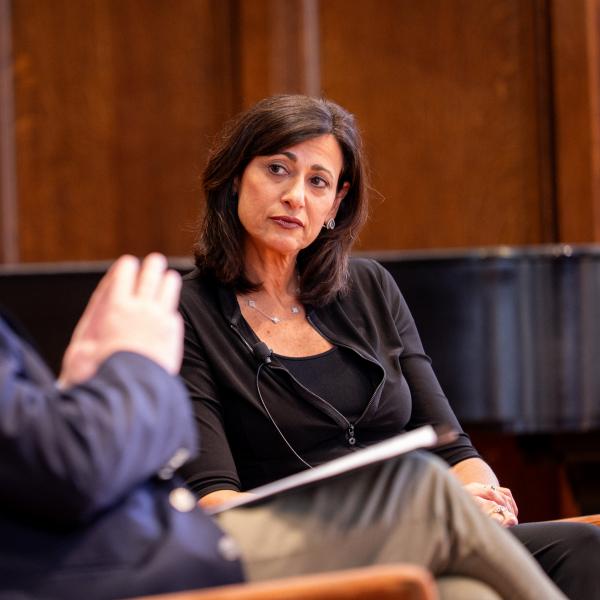While the story of Michelangelo’s artistic genius has been told many times, the story of his social ambitions has been told scarcely at all. Indeed, scholars have largely dismissed the artist’s claims to noble birth. Yet it was precisely that belief that propelled Michelangelo’s lifelong quest not only to improve his family’s financial position but to improve the very social standing of artists.
So argues Washington University in St. Louis art historian William Wallace in “Michelangelo: The Artist, the Man, and his Times,” a new biography published by Cambridge University Press.
Wallace, the Barbara Murphy Bryant Distinguished Professor of Art History & Archaeology in Arts & Sciences, is one of the world’s foremost authorities on Michelangelo. Working primarily from the artist’s own writings as well as those of his contemporaries, Wallace fashions a compelling and thoroughly modern portrait of both Michelangelo the artist and Michelangelo di Lodovico di Buonarroto Simoni, the aristocratic entrepreneur and businessman.
“Michelangelo is the best-documented artist of the early modern era,” Wallace said. “Nearly 1,400 letters by and to him survive, along with 300 pages of his personal and professional records, and an extensive correspondence among members of his immediate family. Then there are related documents: contracts, business and bank records, a nearly complete picture of the artist’s finances and property holdings, and the innumerable notices by his contemporaries.”
Despite the wealth of scholarly material, popular conceptions of Michelangelo have been shaped largely by three sources. The first two are Giorgio Vasari’s hagiographic “Lives of the Most Excellent Architects, Painters and Sculptors” (1550) and Ascanio Condivi’s somewhat more tempered “Life of Michelangelo” (1553), which was written at the behest of the artist.
“Vasari introduced his narrative by having God the father send Michelangelo into the world to save art from its manifold errors,” Wallace said. “In contrast, Condivi emphasized Michelangelo’s family and lineage as well as their illustrious descent from the medieval Counts of Canossa.”
Yet perhaps most influential to modern readers was Irving Stone’s fictionalized biography “The Agony and the Ecstasy” (1961), along with the film of the same title.
Read more at The Source.



